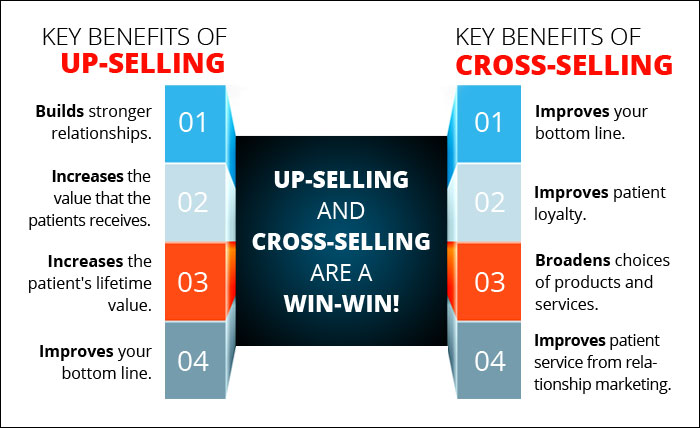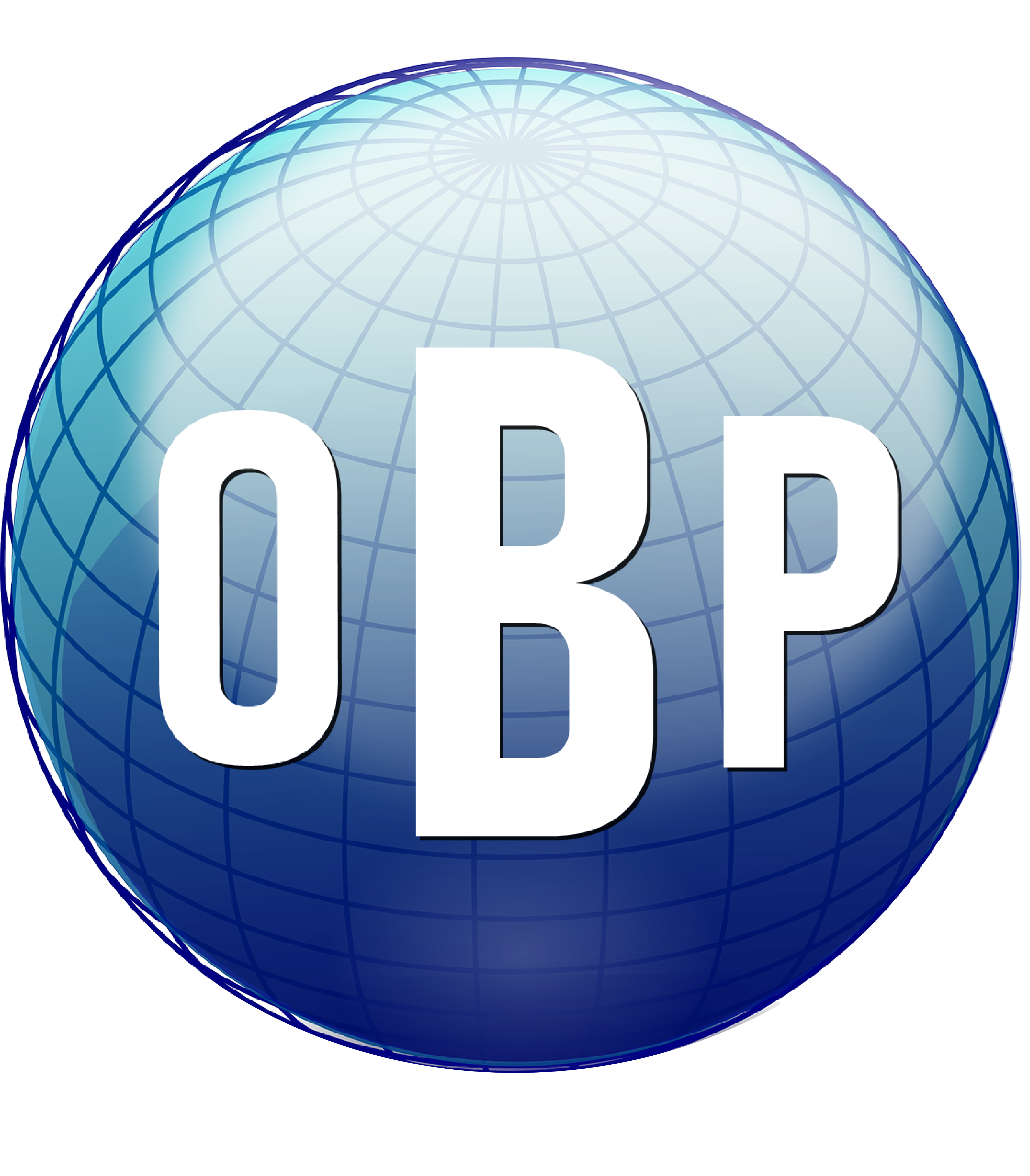Unlock the potential of digital product sales! In this guide, discover how to skyrocket your revenue by creating and selling eBooks and courses. Whether you’re an aspiring author or an expert in your field, learn the strategies and tips to maximize sales, attract customers, and build a profitable digital product empire. Dive into the world of online entrepreneurship and turn your knowledge into lucrative assets effortlessly.
Key Takeways
- Digital products like eBooks and courses can be lucrative revenue streams.
- Creating digital products is cost-effective and offers a high return on investment.
- Identifying your niche and unique angle is crucial for successful digital products.
- Marketing strategies and the right tools are key to selling your eBooks and courses.
- Pricing and promotion tactics can significantly impact your digital product sales.
Unlock the Potential of Digital Products
Imagine having a product that never runs out of stock, has zero shipping costs, and can be sold around the clock. That’s the beauty of digital products. They’re a fantastic way to share your knowledge, help others, and build a stream of income that doesn’t require a constant hands-on approach.
What Are Digital Products?
Digital products are items you create once and sell many times over. They can be downloaded or streamed, and they include eBooks, online courses, music, software, and more. Unlike physical products, they don’t require inventory management or shipping logistics, making them an attractive option for entrepreneurs looking to maximize profit with minimal overhead.
Why eBooks and Courses Are Game Changers
eBooks and courses are especially powerful because they offer value in the form of knowledge and skills. By packaging your expertise into an eBook or a course, you’re providing a transformational experience for your customers. And the best part? You create these products once and reap the benefits indefinitely as they continue to sell.
First Steps to Creating eBooks

Let’s dive into the first digital product on our list: eBooks. They’re a great starting point for anyone looking to enter the world of digital product creation. Why? Because they’re relatively simple to produce, have a wide appeal, and can serve as a stepping stone to more complex products like courses.
Choosing a Winning Topic
Before you type a single word, you need to pick a topic that resonates with your audience. It should be something you’re passionate about and knowledgeable in, but most importantly, there must be a demand for it. Conduct market research, look at trending topics, and consider the problems your potential readers are looking to solve.
Tools You Need to Start Writing
When it comes to writing your eBook, you don’t need much to get started:
- A word processor like Microsoft Word or Google Docs.
- Grammar and spell check tools like Grammarly to polish your work.
- Graphic design software such as Canva for creating a compelling cover.
For example, if you’re a fitness coach, you might use Google Trends to see that “home workout routines” is a hot topic. You could then create an eBook that offers unique home workout plans, tapping into the current demand.
After choosing your topic and gathering your tools, it’s time to outline your eBook. Break down your content into chapters and main points to ensure a logical flow and comprehensive coverage of the subject.
Designing an eBook That Sells
The design of your eBook can be just as important as the content. A professional, eye-catching cover can make the difference between someone scrolling past or clicking to purchase. Use high-quality images and typography that reflect the value of the information inside. Consider hiring a graphic designer if this isn’t your forte.
Inside your eBook, make sure the layout is reader-friendly. Use headings, subheadings, bullet points, and images to break up the text and aid in the reader’s comprehension. Remember, the goal is to provide value and a great reading experience.
Once your eBook is written and designed, it’s time to convert it into a format suitable for distribution, such as PDF or ePub. Then, you’ll need to decide where to sell it. Options include your own website, platforms like Amazon Kindle Direct Publishing, or both. Each has its pros and cons, so choose the one that aligns with your goals and audience.
Structuring Your Course for Maximum Impact
Now, let’s shift gears to online courses. Structuring your course is a bit like planning a journey. You need to know where you’re starting, where you’re going, and how you’ll get there. This means laying out clear objectives, creating a logical progression of lessons, and ensuring each module builds on the previous one.
- Begin with an outline that breaks down your course into sections or modules.
- Within each module, create individual lessons that focus on specific topics.
- Include varied teaching methods such as videos, readings, quizzes, and interactive assignments.
Each module should end with key takeaways or actionable steps that students can apply, reinforcing their learning and giving them a sense of achievement.
Engaging Content: Key to Keeping Students Hooked
Engagement is the name of the game in online courses. Your content must not only educate but also entertain and inspire. Use stories, case studies, and real-life examples to bring concepts to life. Remember, adults learn best by doing, so incorporate practical exercises that allow them to apply what they’ve learned.
Visual aids like infographics and charts can help illustrate complex ideas, while interactive elements like discussion forums foster a community around your course. This not only enhances the learning experience but also encourages students to complete the course.
Marketing Your Digital Products
Creating your digital products is just the beginning. The next step is to let the world know they exist. Your marketing strategy should be as well-crafted as your products, designed to reach and resonate with your target audience.
Building an Irresistible Sales Page
Your sales page is your digital storefront, and it needs to be compelling. Start with a catchy headline that speaks to the main benefit or transformation your product offers. Follow with a persuasive narrative that addresses your audience’s pain points and how your product provides the solution.
Include testimonials or case studies to build trust, and make sure your call-to-action (CTA) is clear and convincing. A well-structured sales page turns curious visitors into eager buyers.
Leveraging Social Media for Product Promotion
Social media is a powerful tool for promoting your digital products. Use platforms where your target audience hangs out. Share valuable content that relates to your product and engage with your followers to build a community around your brand.
Don’t be afraid to show your face and share your story. People connect with people, and a personal touch can make your product stand out in a crowded market.
Email Marketing Strategies for eBooks and Courses
Email marketing is another effective way to sell your digital products. Start by building an email list of interested subscribers. Offer a free sample or a discount in exchange for their email address.
Once you have a list, nurture your subscribers with regular updates, tips, and stories that relate to your product. When it’s time to sell, your email list will be a ready-made audience that’s already engaged with your content.
For example, you might offer a free chapter of your eBook or a preview lesson of your course. This gives potential customers a taste of what to expect and can entice them to purchase the full product.
Now, let’s talk about pricing. How you price your digital products can significantly impact your sales and revenue. You’ll want to consider the value your product provides, your audience’s willingness to pay, and your overall business goals.
Pricing Models and Strategies

There are several pricing strategies to consider for your digital products:
Understanding Your Market Value
Research what similar products are selling for and position your price competitively. Remember, the cheapest option isn’t always the most appealing. Price your product based on the transformation or outcome it provides, not just the cost of production.
Bundle Deals: Combine and Save
Bundling products together can offer more value to your customers and increase your average order value. For example, you could offer your eBook and a related course at a discounted rate when purchased together.
Membership Models: Recurring Revenue
Consider offering your courses as part of a membership site. This model provides a steady stream of income and can help build a loyal community around your content. Memberships can include ongoing access to courses, exclusive content, and a community forum.
Now, let’s talk about how to increase the lifetime value of your customers.
Maximizing Revenue through Upselling and Cross-Selling

Upselling and cross-selling are techniques to encourage customers to purchase additional products. Upselling involves offering a premium version of the product they’re buying, while cross-selling suggests related products that complement their purchase.
For example, if a customer is purchasing an eBook on photography techniques, you might upsell them on a more comprehensive course or cross-sell them a preset pack for photo editing. These strategies not only boost your revenue but also enhance the customer’s experience by providing them with additional value.
When and How to Up/Cross-Sell
Mastering the art of upselling and cross-selling can significantly boost your revenue without the need for acquiring new customers. It’s all about timing and relevance. Upsell when your customer is already in a buying mindset, and cross-sell when you see an opportunity to enhance their purchase with a complementary product.
For instance, if someone has just bought an eBook on time management, it’s the perfect moment to upsell them to a comprehensive course that dives deeper into productivity strategies. Cross-selling could involve offering them a planner or a time-tracking app that supports the principles taught in the eBook.
But remember, the key is to not be pushy. Your suggestions should feel like genuine recommendations that serve the customer’s interests.
- Identify opportunities for upselling and cross-selling based on the customer’s purchase history and interests.
- Make sure the additional products are relevant and add real value to the initial purchase.
- Use clear and enticing product descriptions to highlight the benefits of the upsell or cross-sell items.
Complementary Products That Enhance Value
Offering complementary products is a strategy that not only increases your sales but also improves customer satisfaction. These are products that go hand-in-hand with the initial purchase, enhancing the overall value of your offering.
- If you’re selling a course on digital photography, offer an eBook on photo editing as a complementary product.
- For a course on web development, provide a toolkit with code snippets and templates.
- When selling a fitness eBook, pair it with meal plans or workout logs.
These additional products can be the deciding factor that convinces a customer to buy from you instead of a competitor.
Now, let’s address some common questions you might have as you embark on this journey of creating and selling digital products.

FAQ -Frequently Asked Questions
How Do I Find My Niche for Digital Products?
Finding your niche involves a blend of personal passion, expertise, and market demand. Start by listing topics you’re knowledgeable about and passionate about teaching. Then, validate these ideas by researching online forums, social media, and keyword tools to gauge interest and competition. Choose a niche that has an engaged audience but isn’t oversaturated with similar offerings.
Can I Sell eBooks and Courses if I’m Not Tech-Savvy?
Yes, absolutely! There are plenty of tools and platforms that simplify the process of creating and selling digital products. For eBooks, you can use templates and drag-and-drop design tools like Canva. For courses, platforms like Teachable or Udemy provide user-friendly interfaces for course creation and sales. Don’t let a lack of technical skills hold you back; the resources you need are at your fingertips.
How Much Money Can I Make from Selling eBooks and Courses?
The amount of money you can make varies widely and depends on factors such as your niche, marketing efforts, and the quality of your products. Some creators make a few hundred dollars a month, while others generate six-figure incomes. To maximize your earnings, focus on delivering value, building an audience, and continuously refining your marketing strategies.
Do I Need a Big Audience to Start Selling?
Not necessarily. While having an existing audience can give you a head start, many successful digital product creators start from scratch. Focus on building a quality product and use smart marketing tactics to reach potential customers. Over time, your audience will grow as you establish your brand and expertise in your niche.
What Are the Best Platforms for Selling Digital Products?
The best platform for you will depend on your specific needs and goals. For eBooks, Amazon Kindle Direct Publishing is a popular choice due to its vast reach. For courses, platforms like Teachable, Thinkific, and Kajabi offer robust tools for hosting and selling your content. Consider factors like fees, customization options, and audience when choosing a platform.
How Can I Protect My Digital Products from Piracy?
While it’s challenging to completely prevent piracy, you can take steps to protect your digital products. Use digital rights management (DRM) tools to control how your eBooks and courses are used and shared. Include unique identifiers in your products, and consider using platforms that offer built-in security features. Educate your customers on the value of purchasing legitimate copies to support creators.
Is It Possible to Offer eBooks and Courses for Free?
Yes, offering free digital products can be a powerful marketing tactic. It allows potential customers to sample your content and can lead to increased sales of your paid products. Use free offerings strategically as lead magnets to build your email list or as a bonus to encourage purchases of premium products.





Leave a Reply